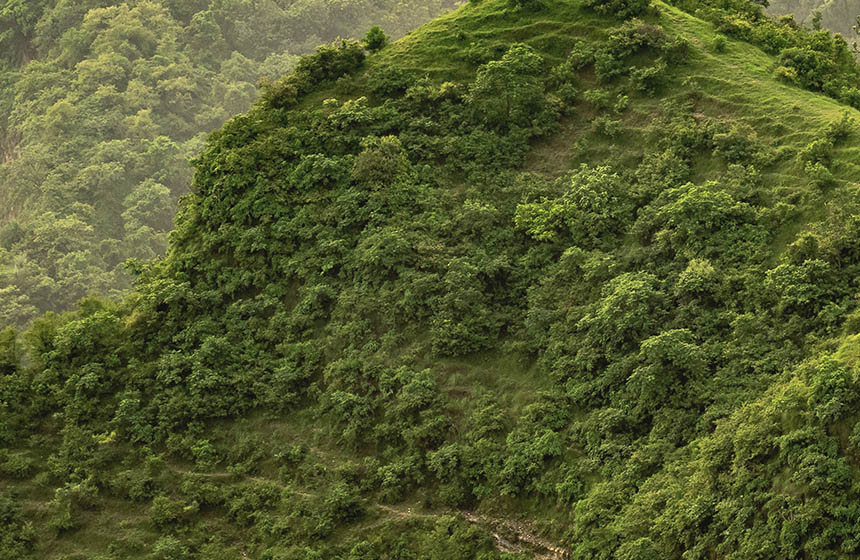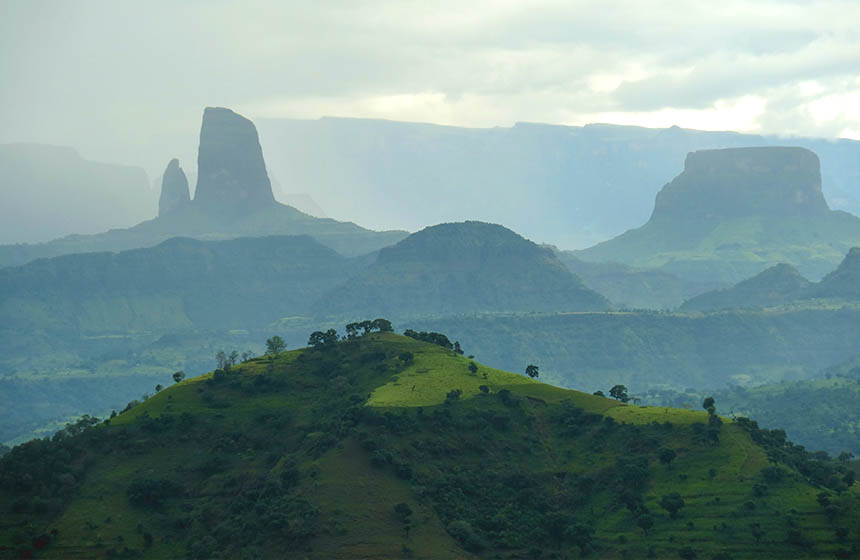Cairngorms Connect – large-scale forest restoration
An ambitious project with a 200-year vision to manage 600 square kilometers of the Cairngorms National Park in Scotland for biodiversity whilst providing other benefits such as carbon storage and livelihoods for local people, it is the largest habitat restoration project in the UK.
Nature-based Intervention:
This project is a partnership of neighboring land managers, with guidance from the Cambridge Conservation Initiative, and has an an unparalleled time frame including goals for 2065 and 2216. As the biggest habitat restoration project in Britain, it spans 600 square kilometers of wild land, 9,800 ha of native woodland, 10,000 ha of rich peat bog, and 23,000 ha of montane habitat, with 5000 recorded species. Management involves a diverse suite of actions across the landscape including restoration of watercourses and floodplains by removing drainage modifications and promoting natural processes, enhancing and expanding native woodlands by managing grazers, removing non-native species, and enrichment planting. Pine plantations are also being managed to become better habitats for wildlife by thinning and species diversification. A major source of carbon drawdown will come from restoration of bog woodlands by creating bog pools, and restoring blanket peat bogs by re-profiling peat bog channels and using boulders to slow water flow.
Overview of context and outcomes:
The Cairngorms are a mountain range in the eastern Highlands of Scotland. They hold some of the last historic woodland fragments within the Scotland and represent a key opportunity for landscape restoration. This project is an inspiring example of implementing nature-based solutions at the landscape scale and with long-term planning. This will help enable benefits for nature and people to be maintained and enhanced into the future, will improve the resilience of habitats, species and ecosystem services to climate change, and will enable interactions between habitats to be nurtured.
Case effectiveness on
Climate change
So far the project has reportedly planted 1,185 hectares of native woodland, restored 955 hectares of peatland, and restored 20 hectares of floodplain. They have also reportedly implemented 60,000 hectares deer management in order to allow natural vegetation regeneration. These interventions have likely increased the carbon sequestration potential of the area.
Through working to restore blanket bogs, the landscape is reportedly holding more water and slowing water flow which reduces lower catchment flood risk.
Ecosystem health
Ecological effect: PositiveThis project has had a large emphasis on improving habitat quality and habitat diversity. They have reportedly removed 2,985 hectares of non-native conifers from the area and have restructured a further 1,555 hectares of scots pine(Pinus sylvestris) plantations. There has also been an effort to improve the pine meadows with layered grazing or cutting reportedly implemented on 597 hectares of existing meadows.
Socioeconomic outcomes
Through limiting the deer population at the site the program has also created a resource of sustainably harvested venison. The project aims to provide locally sourced and environmentally sustainable high quality protein to the local community. The project itself has also reportedly created jobs and employs 59 full time staff.
Governance
The project is a multi-partner project of neighboring land managers. This includes large NGOs, governmental bodies, and private organizations working together within the same landscape.
Finance
The project is funded through the Endangered Landscapes Programme (ELP), which is funded by Arcadia, a charitable fund donated by Lisbet Rausing and Peter Baldwin. The fund is managed by the Cambridge Conservation Initiative. So far the project has locally spent £1,450,581 worth of ELP funds.
Monitoring and evaluation
The project has outlined goals to have comprehensive monitoring of ecological outcomes and quantification of benefits for humans, helping to enable management to be designed to enhance resilience and provide long-term benefits in terms of carbon storage, livelihoods and education. The projects website also reports indicators of the amount of restoration which has already been accomplished.
Trade-offs and limitations
The project is still in the early stages of implementation, so long term effects are yet to be seen.

Intervention type
- Management
- Protection
- Restoration
Ecosystem type
- Temperate forests
- Ponds & lakes
- Montane/Alpine
- Peatland
Climate change impacts addressed
- Freshwater flooding
Instigators
- International conservation/environment organization
Societal challenges
- Biodiversity conservation
- Climate change adaptation
- Climate change mitigation
- Disaster risk reduction
- Economic and Social development
- Food security
Outcomes
- Food security: Positive
- Water security: Not reported
- Health: Not reported
- Local economics: Positive
- Livelihoods/goods/basic needs: Not reported
- Energy security: Not reported
- Disaster risk reduction: Positive
- Rights/empowerment/equality: Not reported
- Conflict and security: Positive
- No. developmental outcomes reported: 5
Resources
Read resource 1Literature info
- Grey literature



